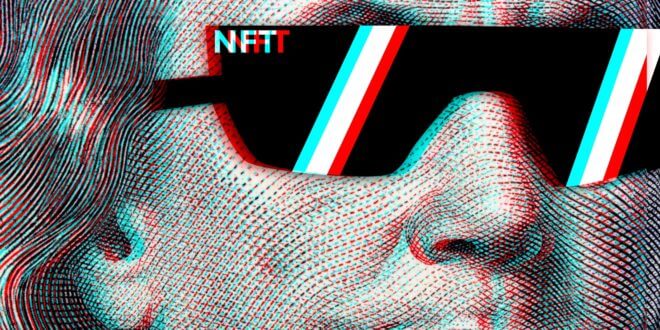Written by Dong, 2021 Cohort
The concept of Metaverse is still expanding, getting new connotations ever since I published my first journal entry in September. High-tech conglomerates set up their Metaverse plans one after another, including Facebook that changed their brand name into Meta, and Invidia just claimed that they are building an Omniverse to cut down resource waste etc..
I am so thrilled to witness such a boom, even though a few people follow suit. As for me, Metaverse is more like an era concept where virtual technologies have developed well to some extent, no matter devices or content. For example, blockchain, cloud computing, artificial intelligence and advanced chips, also 5G will be broadly applied in Metaverse, which is not an independent individual but a time set that contains mature technologies. Experts and professors have invented many terminologies for them, and recently I have become quite interested in NFT, a charming idea in the blockchain.
In short, NFT (non-fungible token) stands for an encrypted ownership of a specific item. You can use it to tokenize collections, a work of art or even a museum, and thereby they are protected by blockchain platforms like Ethereum so that no one has the right to record, edit, copy or paste except with the permission of the sole owner. Actually, this, along with FT (fungible token) was firstly created on Ethereum. Unlike FT, NFT is more rigid but more safe for art trade, so the rich and the art enthusiasts prefer creating NFT art works for auction and collections.

You may wonder why we need NFT in the Metaverse? There are mainly two reasons behind it. Firstly, from an administrative perspective, Metaverse consists of thousands of central institutions and millions of individuals, which ought to be distributive, de-centric and spontaneous, and NFT fits perfectly during this process of value making. Secondly, from an economic perspective, less inflation and safer transactions will be protected thanks to NFT’s non-replicability. Besides, people can easily recognize every item accordingly.
But we still can’t ignore potential problems of current NFT development. One is that the digital objects that NFT points may suffer pirate counterfeiting. Because artists could both preserve digital and physical artwork, but who will protect the one that isn’t used by NTF? Second, it is sometimes unclear what kind of intellectual property rights they acquire when they purchase NFT. If NFT buyers use NFT for exhibitions, derivatives, etc., there may appear infringement issues, and that is also a matter of concern.
P.S. Do you want to make a personal NFT art piece right now? If you want simply the process, follow this: Initially, you need to mint through some established platform like OpenSea, Rarible, InfiNFT and Mintbase. Then you need to register an Ethereum account to conduct a transaction, then link it with your mint platform. Once you’ve got your art work, upload a file format allowed by the system to generate your personal NFT code.